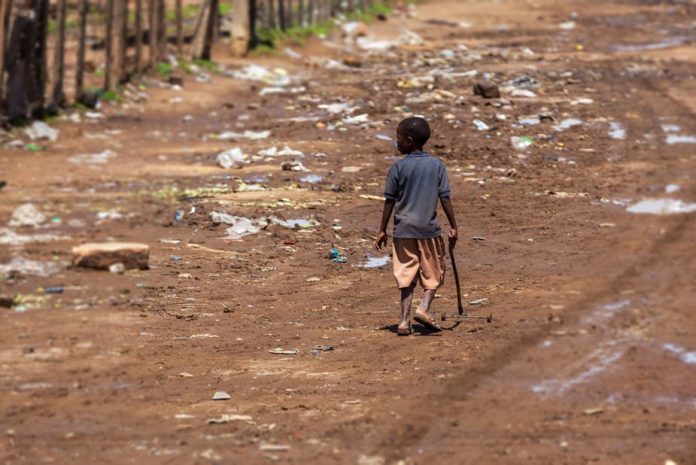By Keetie Roelen
Two-thirds of children in sub-Saharan Africa face all manners of hardship. These include poor living conditions, low educational outcomes, high levels of malnutrition and often high risks of exposure to different forms of violence. One in five children in sub-Saharan Africa are estimated to grow up in extreme “monetary” poverty, meaning they live in families without adequate incomes to make basic ends meet.
Growing up in poverty has long-lasting adverse consequences for children and the societies that they live in. Poverty undermines children’s immediate wellbeing as well as biological and cognitive development. In the long-run, this untapped potential hampers economic and social progress.
As the world marks the international day for the eradication of poverty it’s worth trying to identify answers and evidence in the fight against child poverty.
A recently published book, “Putting Children First: New Frontiers in the Fight Against Child Poverty in Africa”, offers insights based on evidence in support of more effective policy initiatives that can address child poverty in Africa in all its different dimensions.
The book follows an international conference in Addis Ababa in October 2017 that brought together researchers, policy makers and civil society to share lessons learned and identify new efforts in tackling child poverty in the region. Main themes included the measurement and analysis of child poverty, the use of social protection in addressing child poverty, and opportunities and obstacles for children as they transition into adulthood. The book includes contributions on these themes based on research from across sub-Saharan Africa.
Across the range of diverse and rich research, we can distil two key messages in moving forward.
The first is that child poverty has strong psychosocial and relational dimensions that are frequently overlooked. They deserve more attention. This holds in relation to both the measurement of child poverty and efforts to reduce it.



